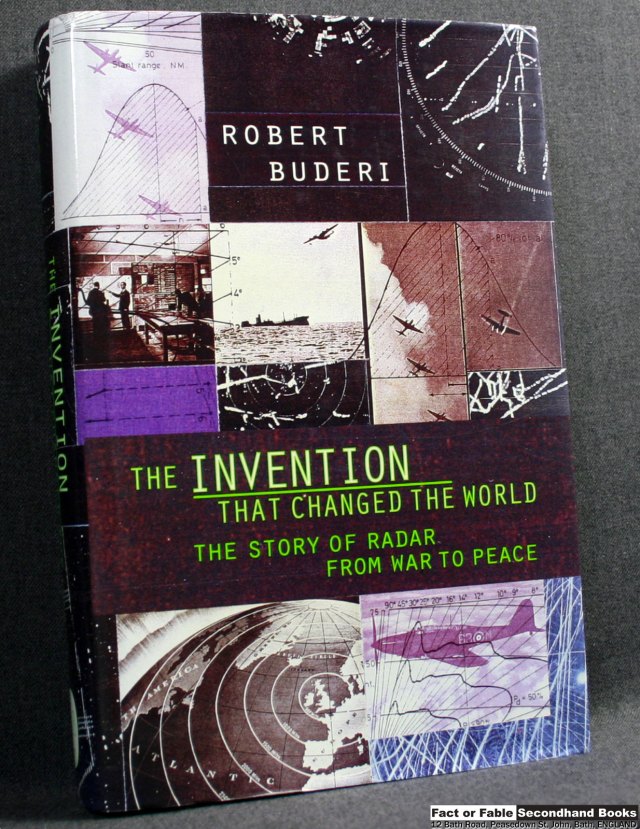Raising the Red Banner: The Pictorial History of Stalin’s Fleet 1920-1945 by Vladimir Yakubov & Richard Worth lands on the shelves of my shop.
Gloucestershire: Spellmount Limited, 2008, Hardback in dust wrapper.
Illustrated by way of: Black & White Photographs; Tables;
From the cover: A truly unique volume on a neglected area of military history, Raising the Red Banner tells the story of the impressive and troubled growth of the Soviet navy. Following the Revolution of 1917 the Bolsheviks found themselves heir to the fallen Tsars obsolete and scattered fleet, much of which would never return home. Often hampered by bureaucracy, political dogma and the interference of Stalin himself (at the last moment Stalin personally insisted that the boilers on a new Soviet destroyer class were repositioned), the Soviet building programme drew from bartered German and Italian technology, plundered British-built Estonian vessels and even a wrecked British submarine salvaged for its valuable design. Such was the Russian drive to match the naval strength of the West that by the start of World War II the Soviet Union had a submarine fleet that outnumbered the combined fleets of its two nearest rivals, and a navy that would grow to become the threat occupying Western admirals through the decades of the Cold War.
Soviet warships of this period have failed to emerge from behind the Iron Curtain to gain the attention of historians, and there is no other book available on the subject as much of the information was previously buried. Displaying an impressive depth of research, Raising the Red Banner includes all classes of battleships, cruisers, destroyers, submarines and other surface vessels, with full specifications including builders, tonnage, speed and armament. It also includes over 200 photographs, most of which are previously unpublished, and will be of immense interest to naval enthusiasts and students of the Soviet era.
Very Good+ in Very Good Dust Wrapper. Slight pull to the foot of the upper panel otherwise a very well presented copy.
Black boards with Gilt titling to the Spine. 224 pages. 10″ x 7″.
Of course, if you don’t like this one there are plenty more available here!









